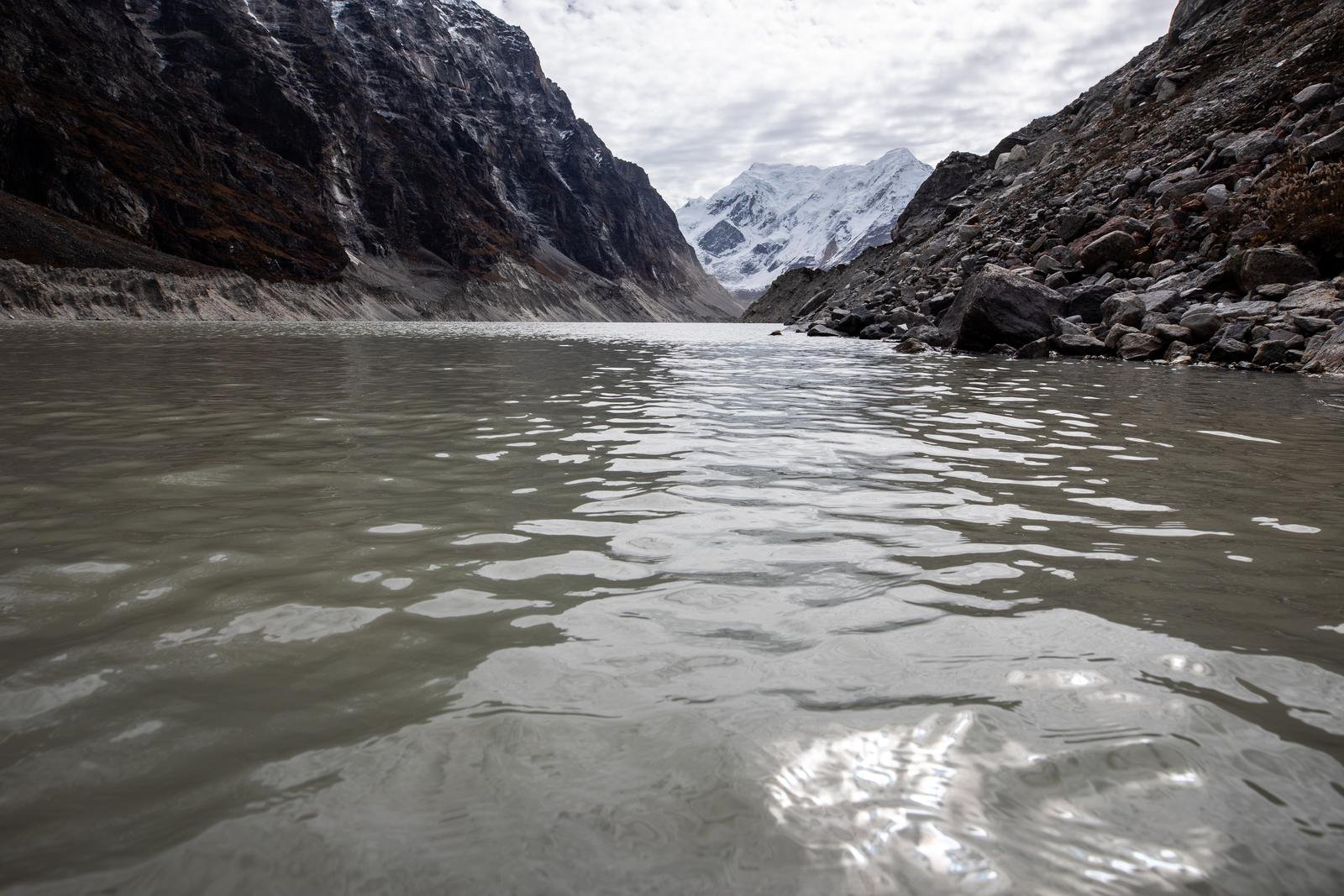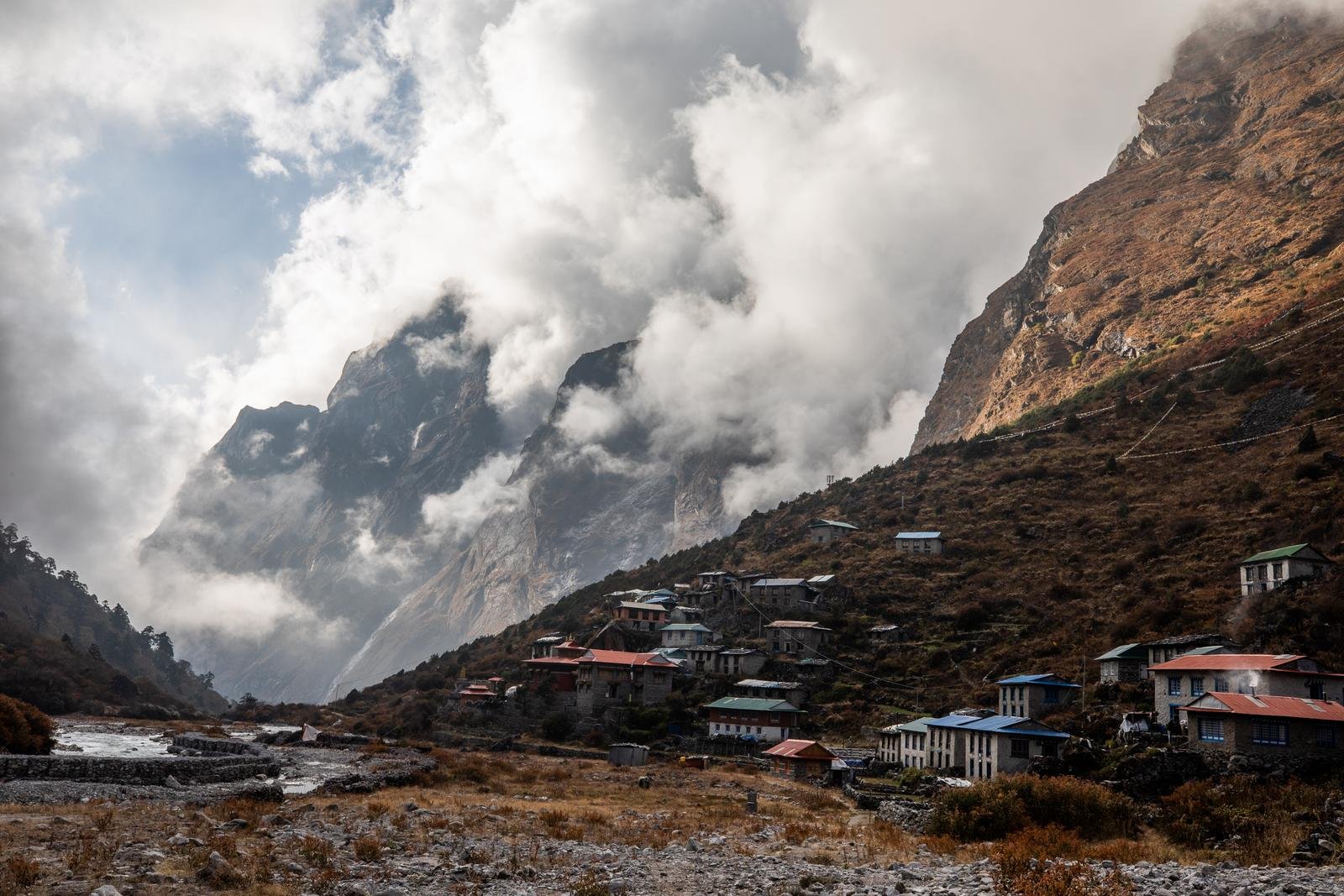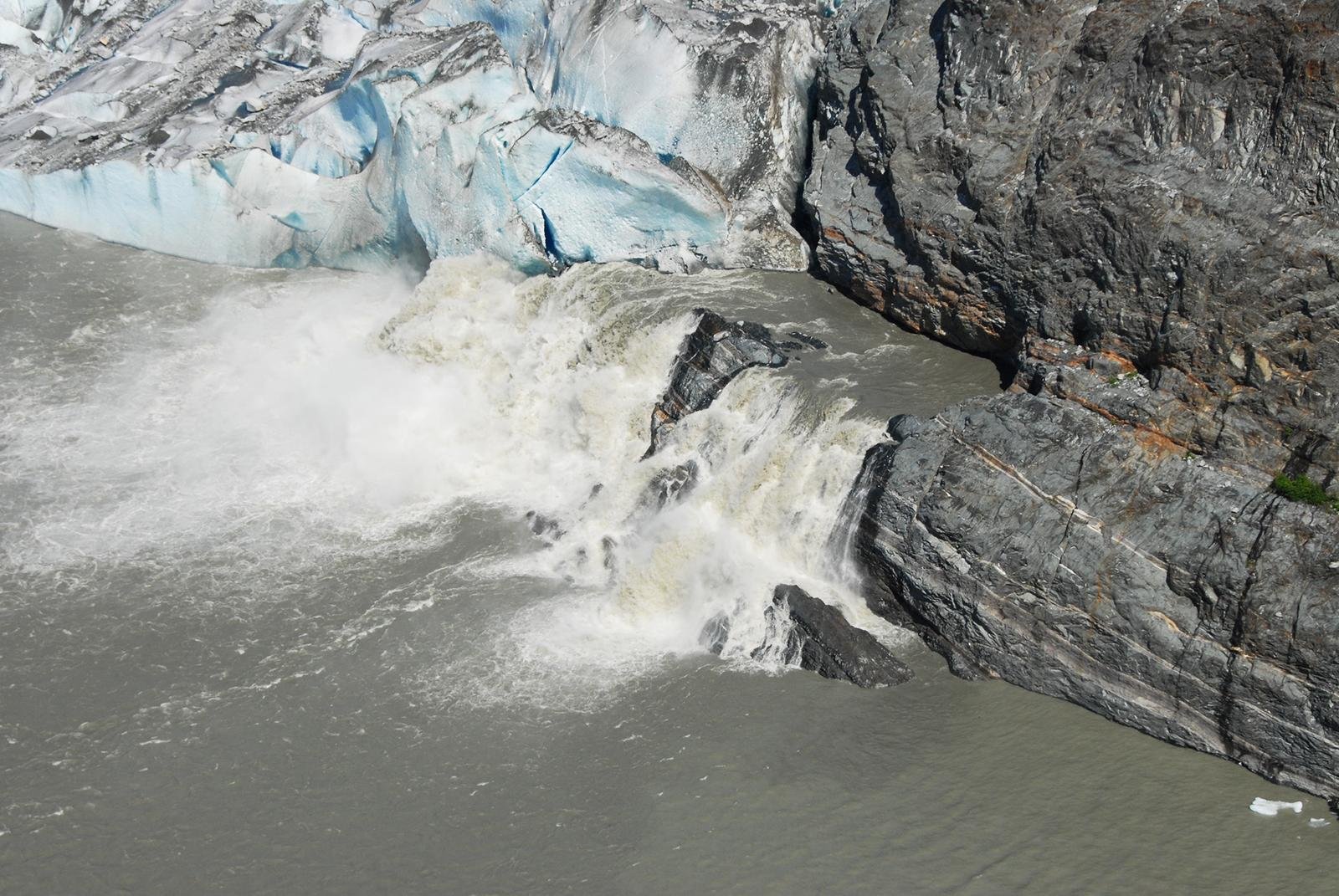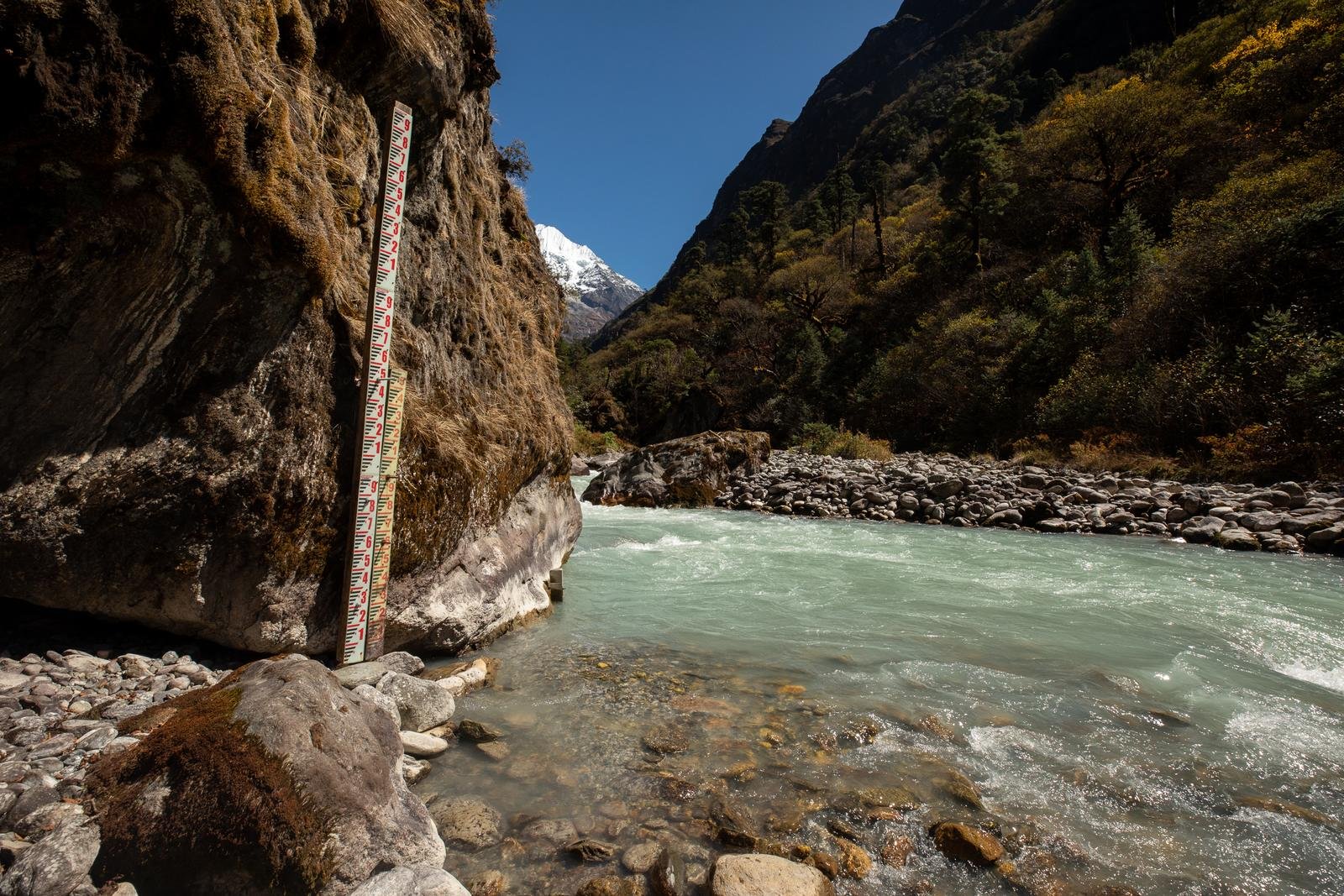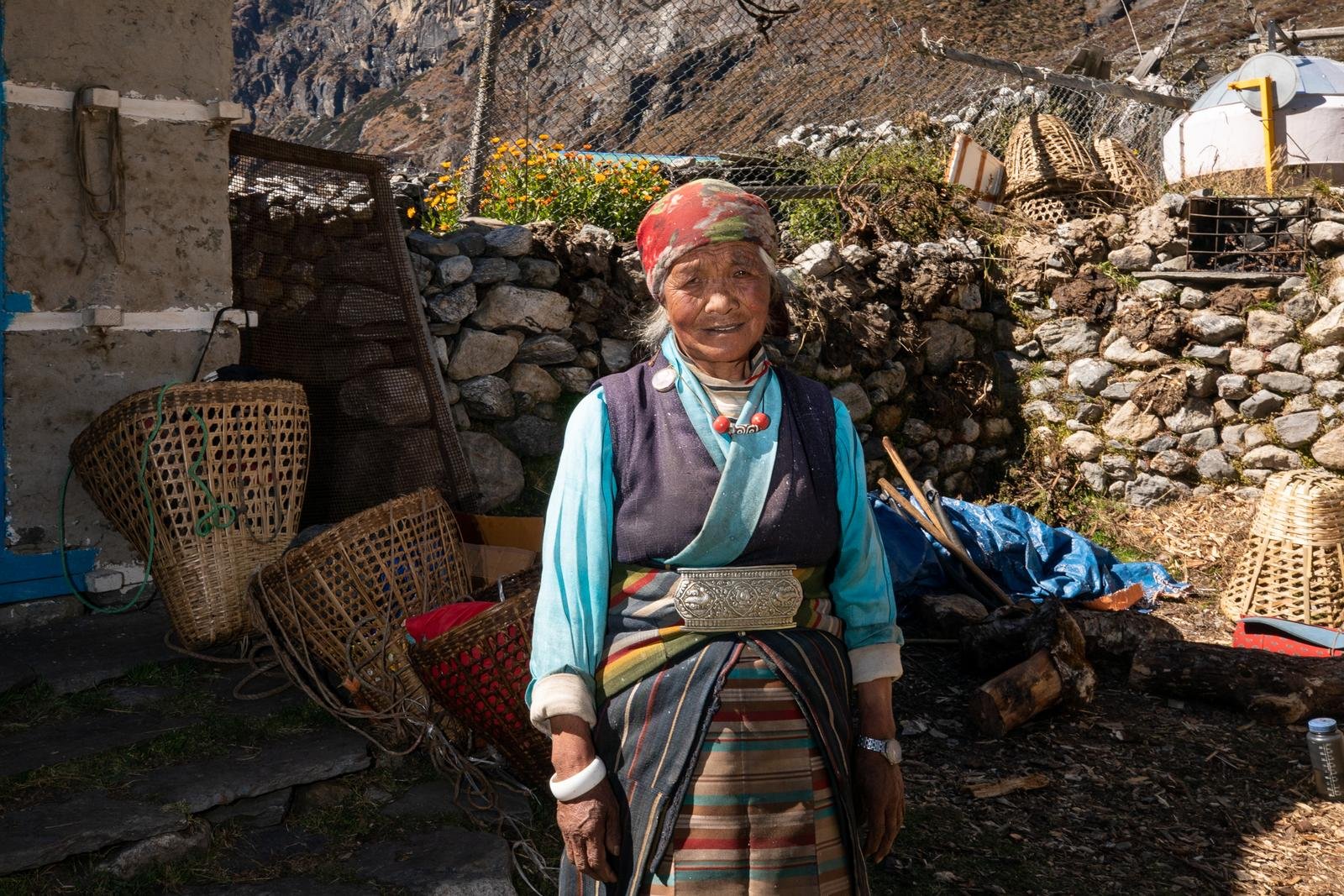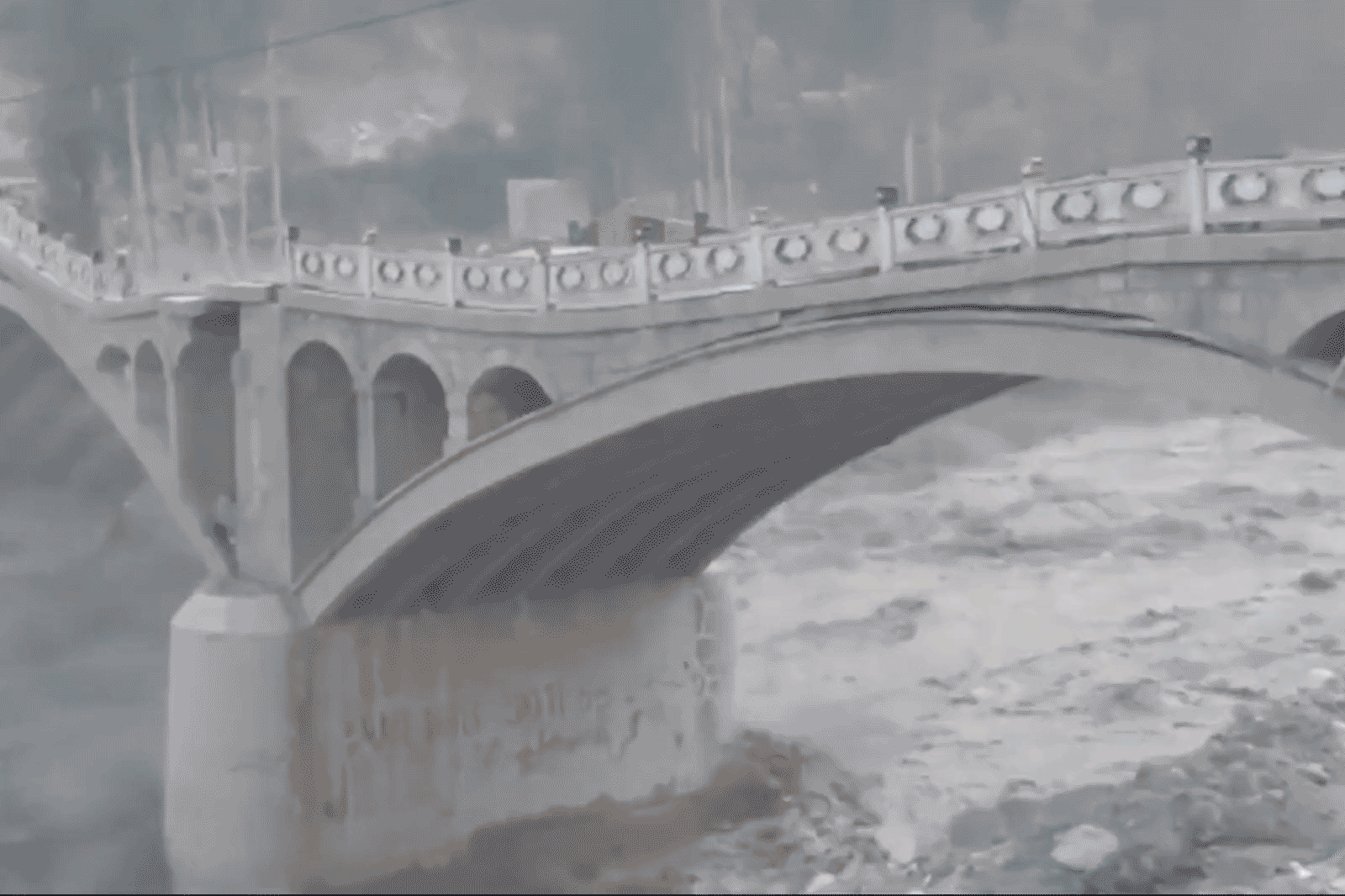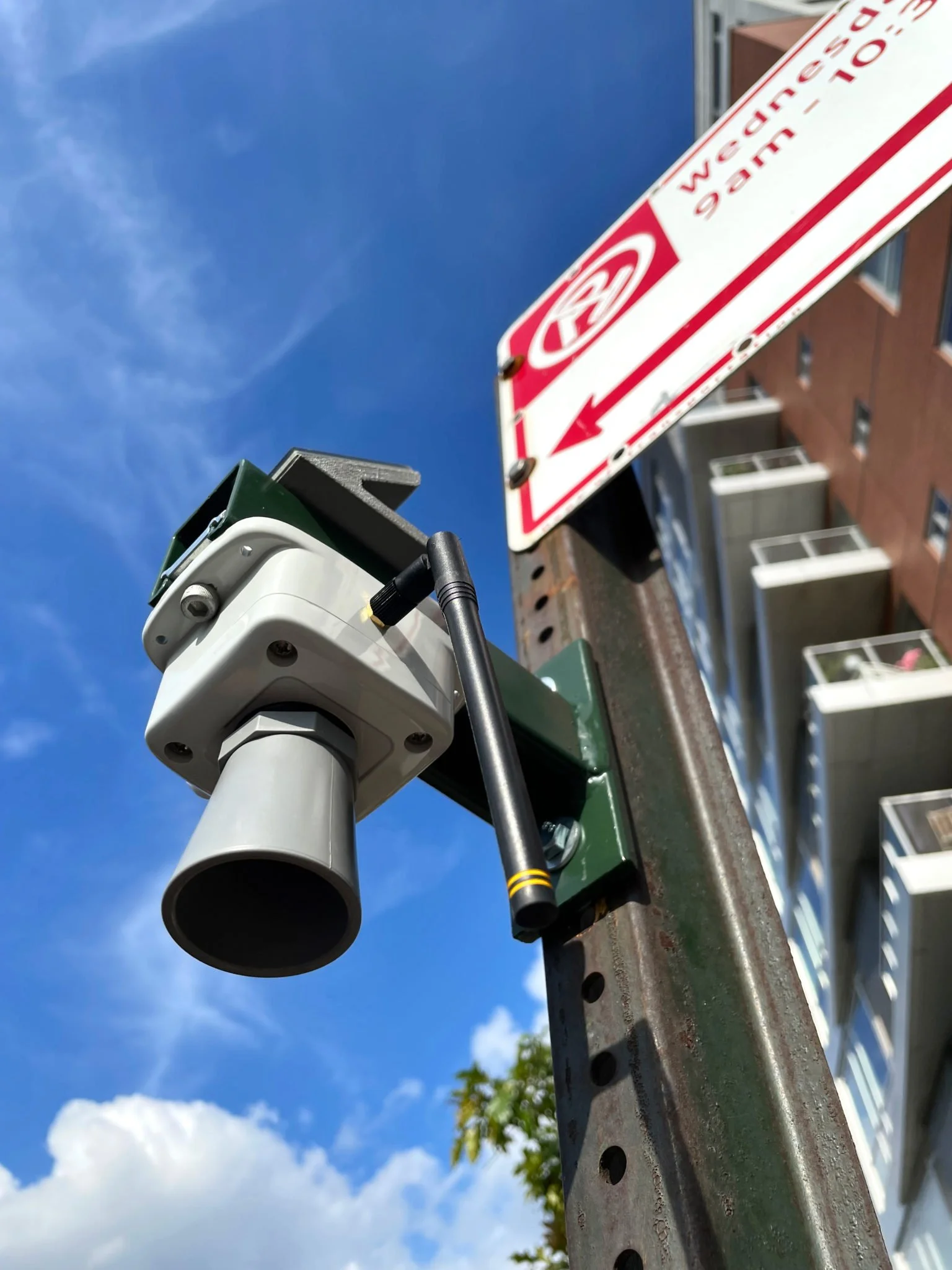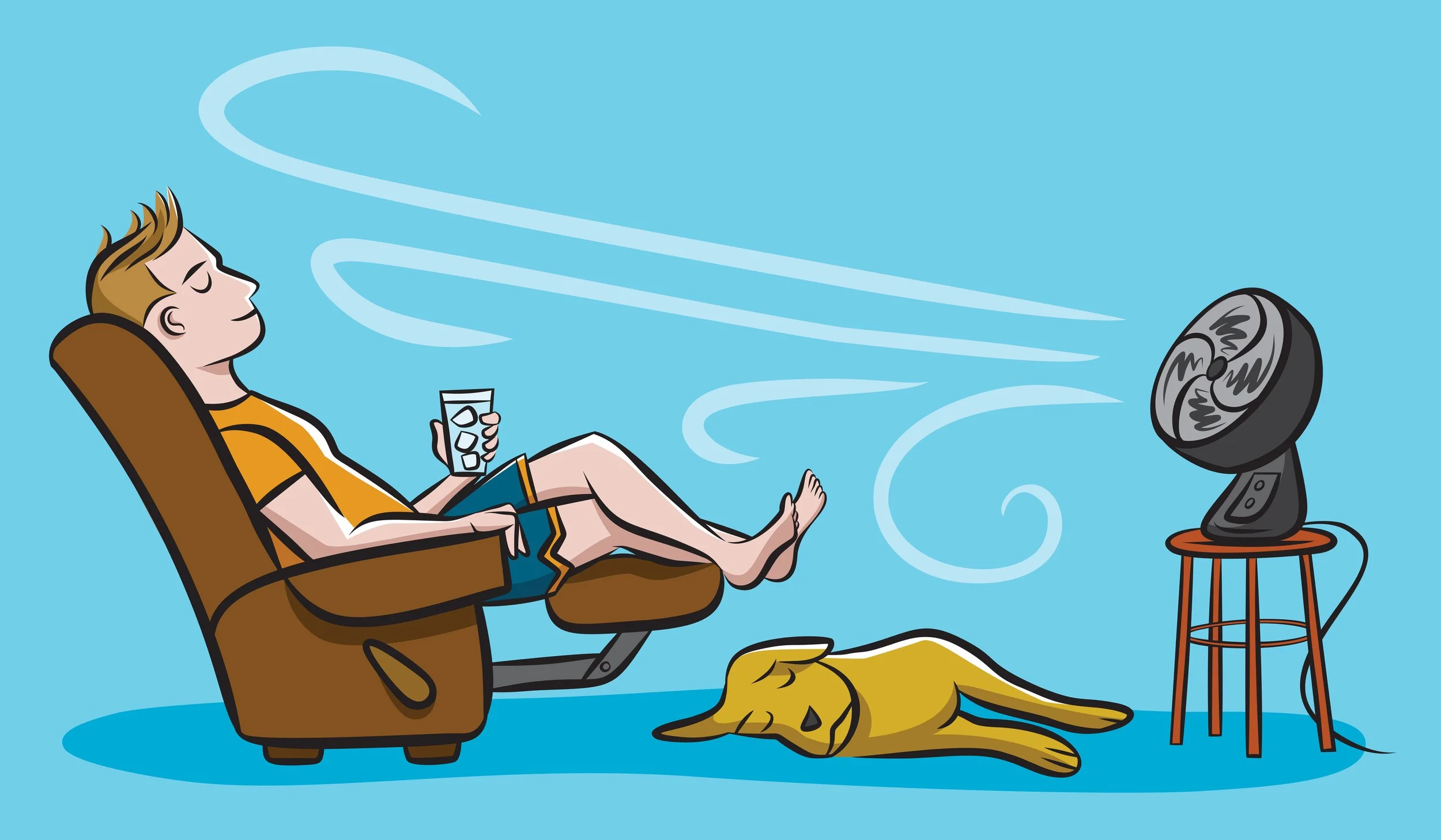Sourced from NPR Reporting by Rebecca Hersher, Ryan Kellman and Pragati Shahi
In Rolwaling Valley, Nepal, a glacier is shrinking
leaving behind a lake that is growing and becoming increasingly unstable. Tsho Rolpa Lake is one of the most dangerous lakes in Nepal and is at risk of bursting, potentially killing all of the villagers living downstream.
This is a particularly worrying trend as there are an estimated 15 million people worldwide threatened by floods from glacial lakes, a number that is increasing due to global warming. The Himalayan region is a hot spot for these disasters and floods from glacial lakes have killed hundreds of people and destroyed roads, bridges, power plants and crops.
Climate change affects mountainous regions like Nepal more severely than other ecosystems, meaning that glaciers are disappearing and being replaced by potentially more dangerous lakes. Scientists from around the world are racing to map the new lakes and figure out which ones pose the biggest danger.
Identifying dangerous lakes, and predicting when they might cause a flood, is incredibly challenging, particularly for those deep in the mountains. Despite the looming catastrophic flood, many villagers feel safe, with one 91-year-old resident dismissing the danger and believing that her village is protected by the gods.
However, local residents have been proactive in coping with the risks posed by glacial lakes and have used scientific research to protect themselves. They have installed warning alarms and built a massive system to slowly drain water from the lake to prevent or at least delay disastrous flooding. This has bought them some time, but long-term it will not be enough to prevent a flood.
